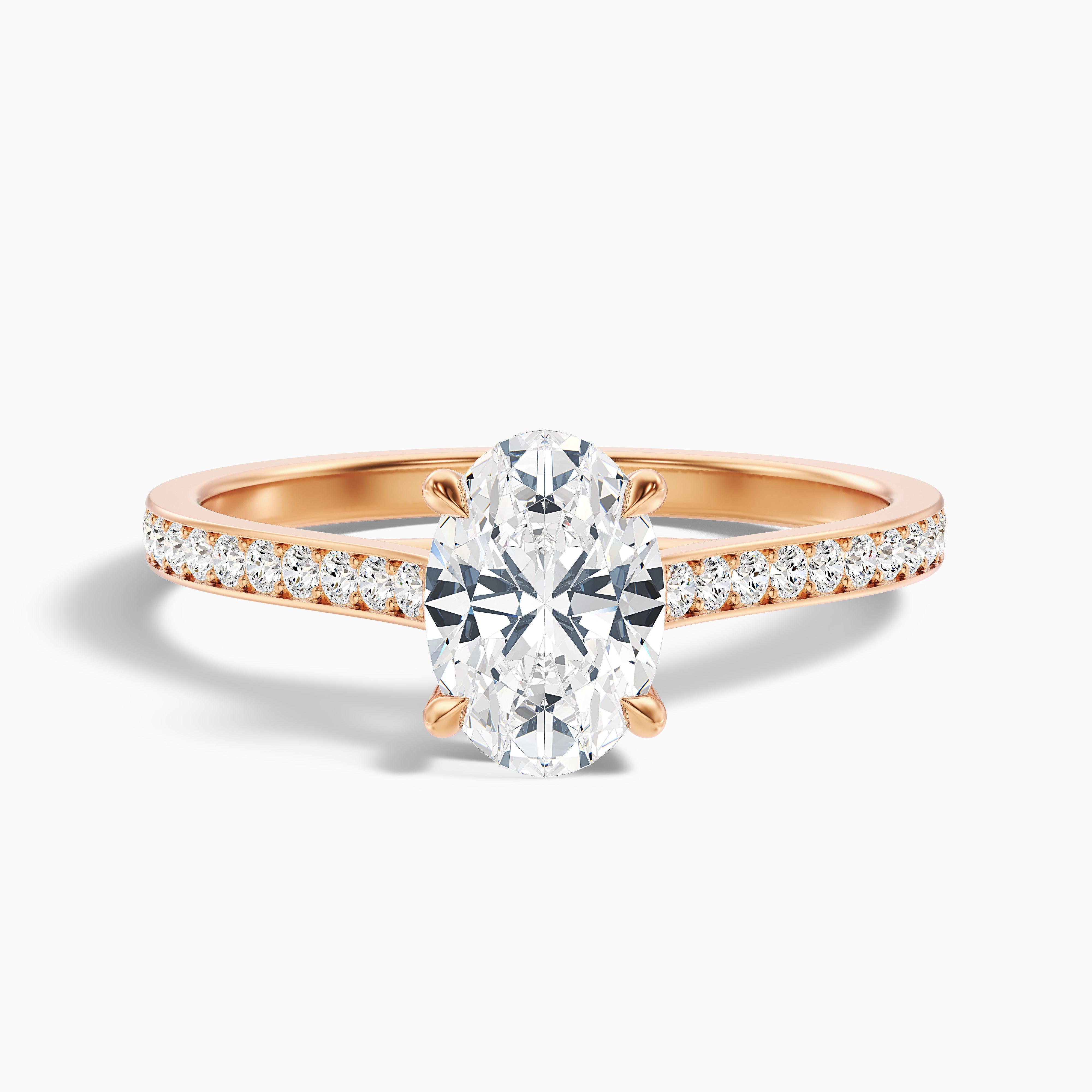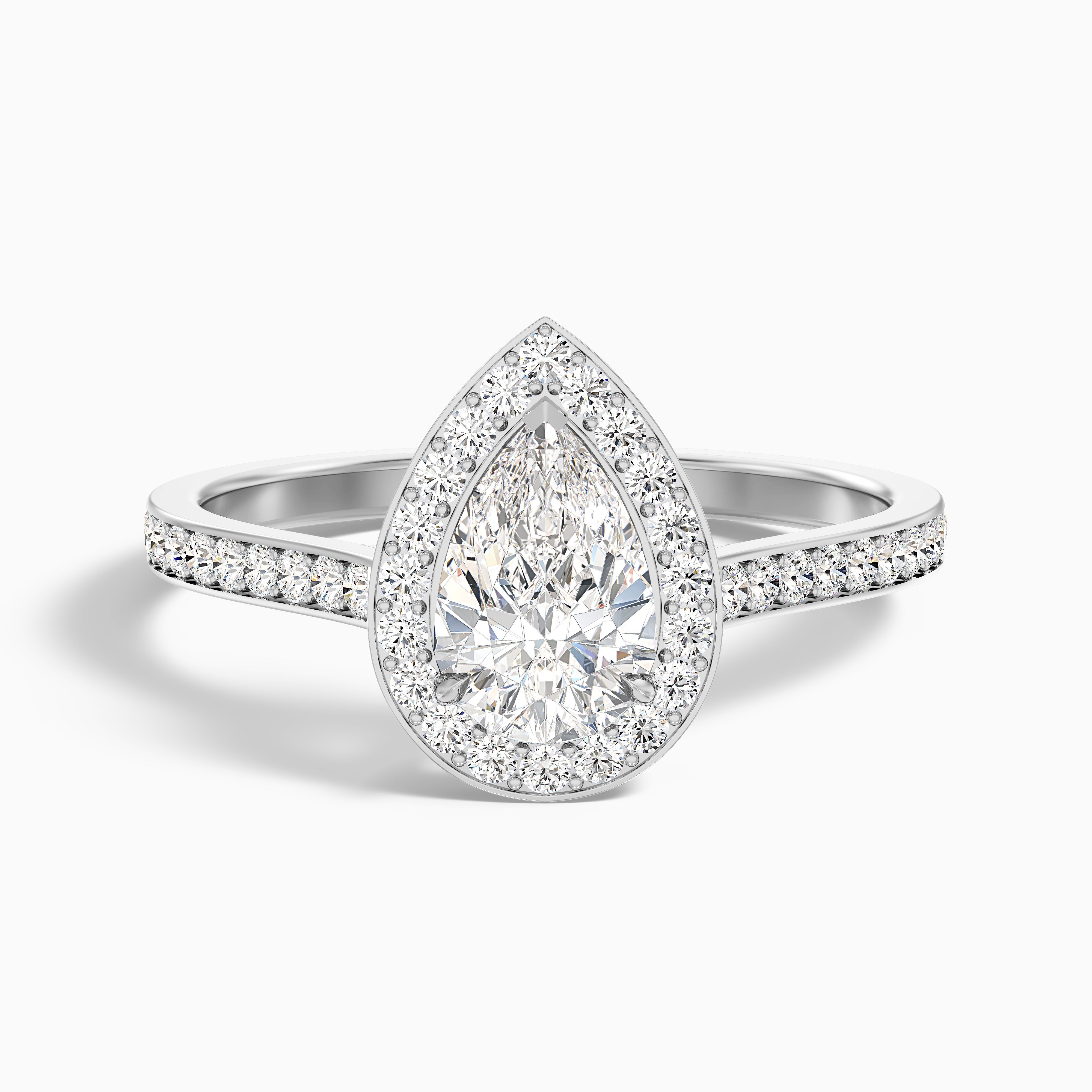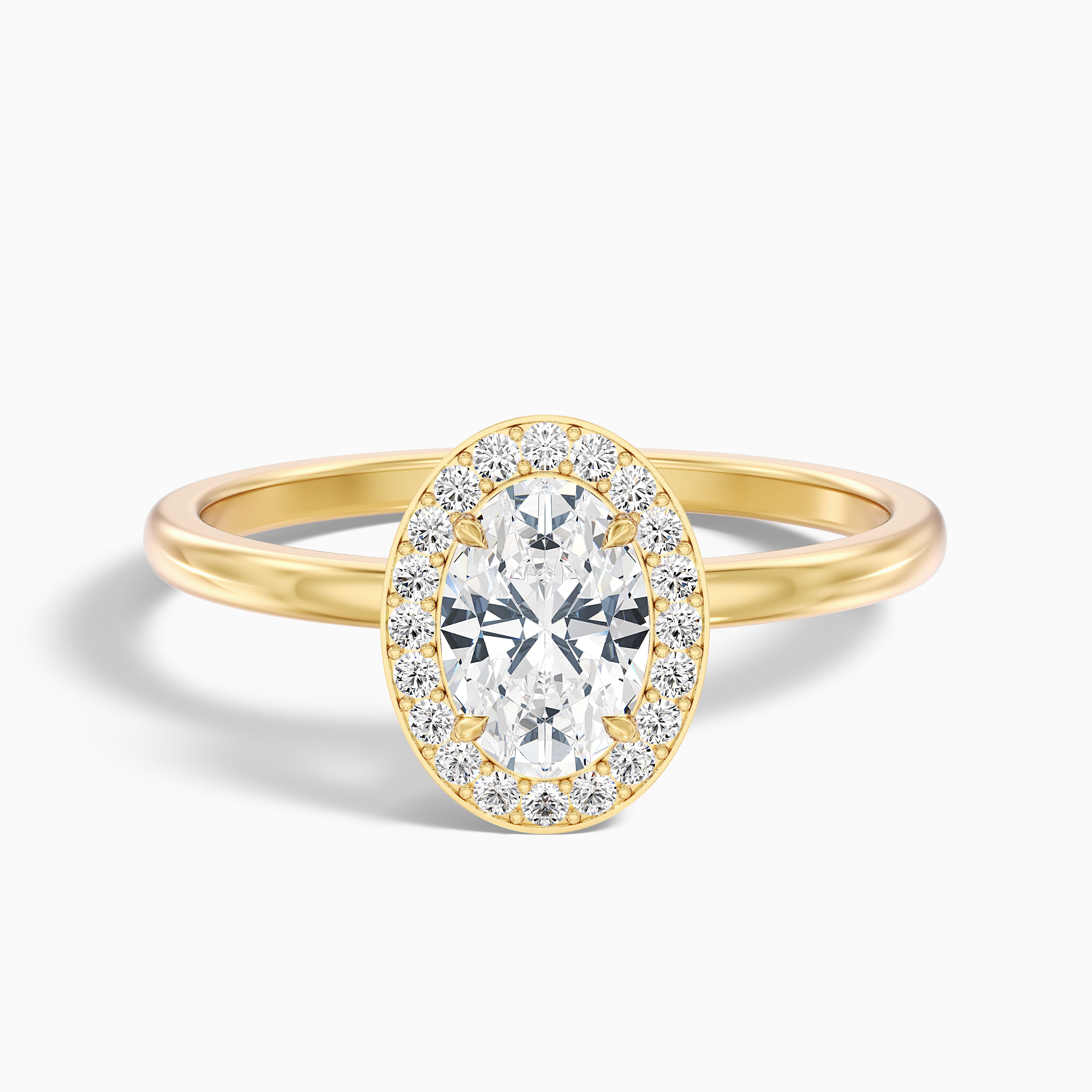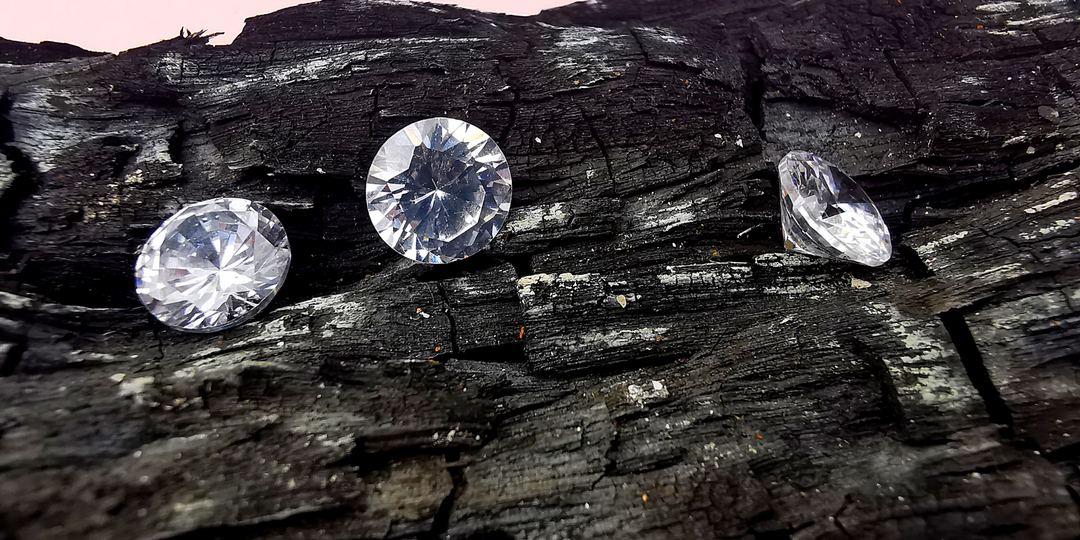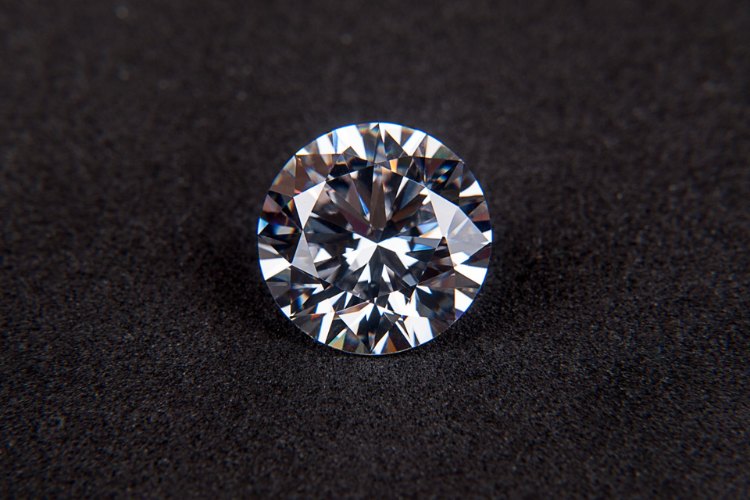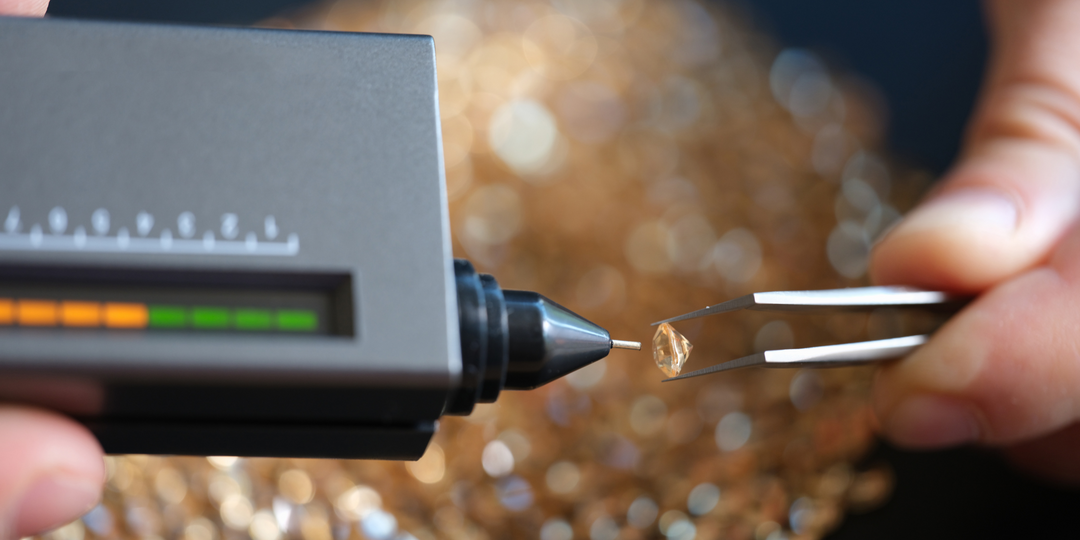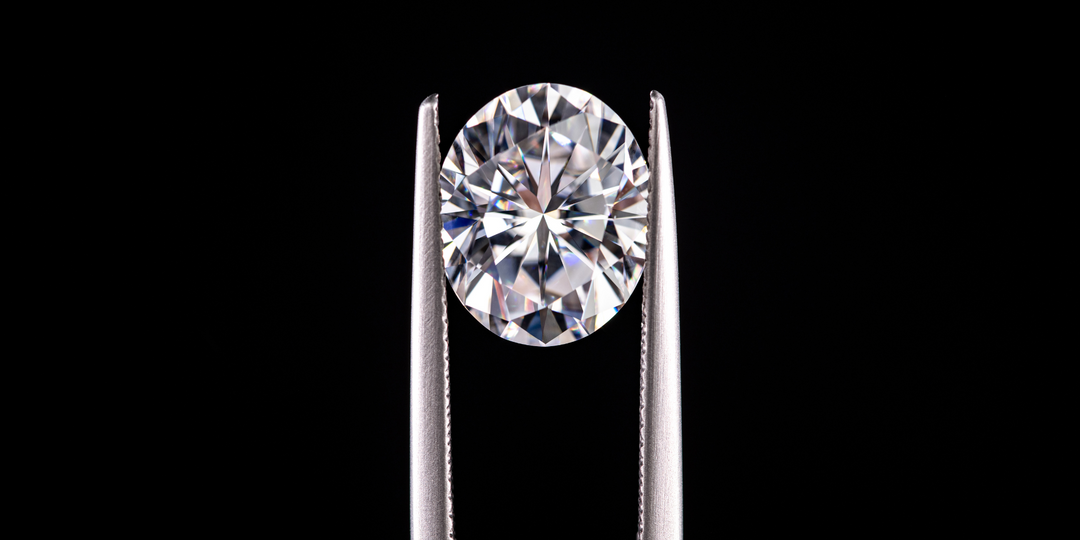Oval Cut Vs. Pear Cut Diamonds: Choosing the Perfect Shape for You
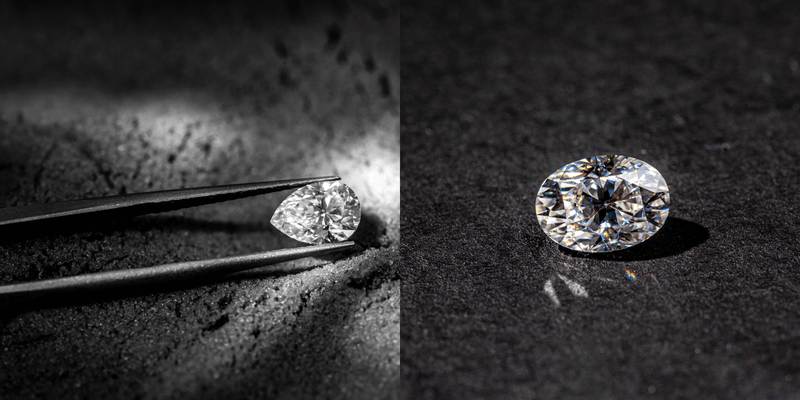
So, you're on the hunt for a diamond? Fantastic! It's a thrilling experience, and it's about so much more than just sparkle. It's about finding a stone that truly resonates with you. If you're drawn to the classic charm of the oval cut or the distinctive allure of the pear shape, you're in the right place.
This guide is your in-depth exploration of these two captivating cuts, giving you the knowledge you need to choose with confidence. We'll cover everything from their fascinating history and defining characteristics to their brilliance, ideal settings, and even how they compare in price. Grab your favorite beverage, and let's dive in!
Oval Cut vs. Pear Cut – A Quick Comparison
Let's kick things off with a quick comparison table to give you a clear overview:
| Feature | Oval Cut | Pear Cut |
|---|---|---|
| Shape | Elongated, rounded, like an egg or an elongated circle | Teardrop shape, one rounded end and one distinct point |
| Brilliance | Excellent, comparable to the round brilliant, known for its fire | Very good, but can vary depending on the cut quality; a well-cut pear sparkles beautifully! |
| Finger Flattering | Elongates the finger, creating a graceful, slender appearance | Elongates the finger even more dramatically, can have a slimming effect |
| Popularity | Classic, consistently popular, a timeless and versatile choice | Growing rapidly in popularity, often chosen for its unique and romantic feel |
| Potential Issue | The "bow-tie effect" (a dark area across the center) can occur; the severity is key. | The pointed tip is vulnerable and requires careful setting and protection; symmetry is paramount. |
| Cut Grading | No standardized cut grade from labs like GIA; relies on visual assessment and expert evaluation. | No standardized cut grade from labs like GIA; relies on visual assessment and expert evaluation. |
| Ideal L/W Ratio | Generally 1.30-1.50 (length-to-width), but personal preference plays a role. | Typically 1.40-1.70, but subjective based on desired elongation. |
What is an Oval Cut Diamond?

An oval cut diamond can simply be explained as a round brilliant’s sophisticated sibling. It shares the same sparkle as round brilliant but offers a more elongated and elegant shape. This makes it a perfect choice for those who love the brilliance of round but crave something a little more unique.
History & Popularity
While variations of elongated cuts have existed for centuries, the modern oval cut, the brilliant cut oval we know and love today, was perfected in the late 1950s by Lazare Kaplan. This master cutter understood the intricacies of light performance and how to maximize sparkle by creating a beautifully symmetrical shape. Since then, the oval has become a classic, frequently chosen for engagement rings and other fine jewelry pieces.
Key Features
-
Brilliance and Fire: Oval cuts are celebrated for their exceptional brilliance and fire (those vibrant flashes of colored light). This is achieved through the brilliant faceting style, which is designed to maximize light return.
-
Elongation and Finger Flattery: The elongated shape is a significant advantage, creating the illusion of longer, more slender fingers. It's an excellent choice if you're looking for a flattering and elegant cut.
-
The Bow Tie Effect: This is a key consideration for oval cuts. It's a dark area that can appear across the center of the diamond due to the way light interacts with the facets. A slight bow tie is often acceptable and doesn't detract significantly from the stone's beauty. However, a very dark or prominent bow tie can hinder light performance and should be avoided.
-
Versatility in Settings: Ovals are incredibly versatile and complement a wide range of settings, from simple solitaires to more elaborate halo and three-stone designs.
What is a Pear Cut Diamond?

The pear cut, also known as a teardrop, is a truly unique and romantic shape. It's a beautiful blend of a round brilliant and a marquise cut, offering both brilliance and elongation.
History & Popularity
The pear shape has a rich history, tracing its origins back to the 15th century. It was a favorite among European royalty and has experienced periods of popularity throughout the ages. Today, it's considered a distinctive and elegant choice, often symbolizing tears of joy or representing a strong and independent spirit.
Key Features
-
Elongation and Slimming Effect: The pear shape provides a more dramatic elongation than the oval, which can create a striking slimming effect on the finger.
-
Brilliance and Sparkle: While not always achieving the same level of brilliance as an oval, a well-cut pear can still be incredibly beautiful. The key is to look for good symmetry and a sharp, well defined point.
-
The Pointed Tip – A Vulnerability and a Defining Feature: The pointed tip is the most vulnerable part of the pear cut and requires careful setting to prevent chipping. However, it's also what gives the pear its unique character and elegance.
-
Wearing Orientation: You can wear a pear with the point facing up (towards your fingernail) or down (towards your wrist). It's entirely a matter of personal preference and style.
Sparkle & Brilliance – Which One Shines More?
This is a common question, and it's a good one! Generally, the oval cut tends to have a slight advantage in terms of overall brilliance, primarily because its faceting style is closer to the round brilliant which is the king of sparkle due to its facets. However, don’t underestimate the pear! A well-cut pear can be exceptionally brilliant. It truly comes down to the individual stone and the expertise of the cutter.
Finger Appearance – Which One Flatters Your Hand?
Both shapes are excellent at elongating the finger, but they achieve this effect in slightly different ways. The oval offers a more subtle and classic elongation, while the pear creates a more dramatic and noticeable slimming effect.
Best Settings for Oval Cut Vs. Pear Cut Diamonds
Oval Cut Settings:
-
Solitaire: A timeless choice that puts all the emphasis on the diamond's inherent brilliance.
-
Halo: Adds a halo of smaller diamonds around the center stone, enhancing its sparkle and making it appear larger.
-
Three Stone: Represents the past, present, and future, creating a balanced and symbolic look.
Pear Cut Settings:
-
Bezel Setting: This setting encases the diamond in a protective metal frame, offering the best security for the vulnerable point.
-
Halo Setting: This not only adds extra sparkle but also provides some additional protection for the tip.
-
Prong Setting: Can be used, but the prong protecting the point needs to be carefully designed and sturdy to prevent chipping.
Price & Value – Which Shape is More Affordable?
Generally, oval cuts tend to be slightly more budget-friendly than pear cuts of comparable carat weight, color, and clarity. This is often attributed to the fact that cutting a pear shape to achieve optimal brilliance and symmetry requires more skill and precision, which can factor into the price.
The 4Cs and Their Impact on Oval and Pear Shapes
It's important to remember the 4Cs (Carat, Color, Clarity, and Cut) when choosing any diamond. However, here's how they can be particularly relevant for oval and pear shapes:
-
Color: Because of their elongated shape, color can sometimes be more noticeable in oval and pear diamonds. If you're particularly sensitive to color, consider opting for a slightly higher color grade (closer to D, E, or F).
-
Clarity: Inclusions (internal flaws) can also be more visible in these shapes, especially in larger stones with larger facets. We always suggest clarity grade VS2 or higher that ensures the diamond is eye-clean.
-
Cut: As we've discussed, cut is crucial for both oval and pear shapes. It directly impacts their brilliance, fire, and overall beauty. Symmetry is crucial, especially for pear shapes. The rounded end should be a perfect arc, and the point should be sharp and well-defined. Even minor asymmetry can be quite noticeable and detract from the stone's overall appearance. Pay attention to the culet size. A large culet can negatively impact the diamond's brilliance, so look for a stone with a small or no culet.
Conclusion
So, which will it be: the classic elegance of the oval or the distinctive romance of the pear? There's no right or wrong answer because both are stunning choices with their own unique appeal. Consider your personal style, lifestyle, and budget to find the perfect diamond for you. We hope this guide has given you the expert insights you need to make a confident and informed decision.

